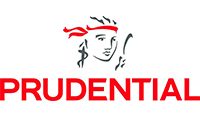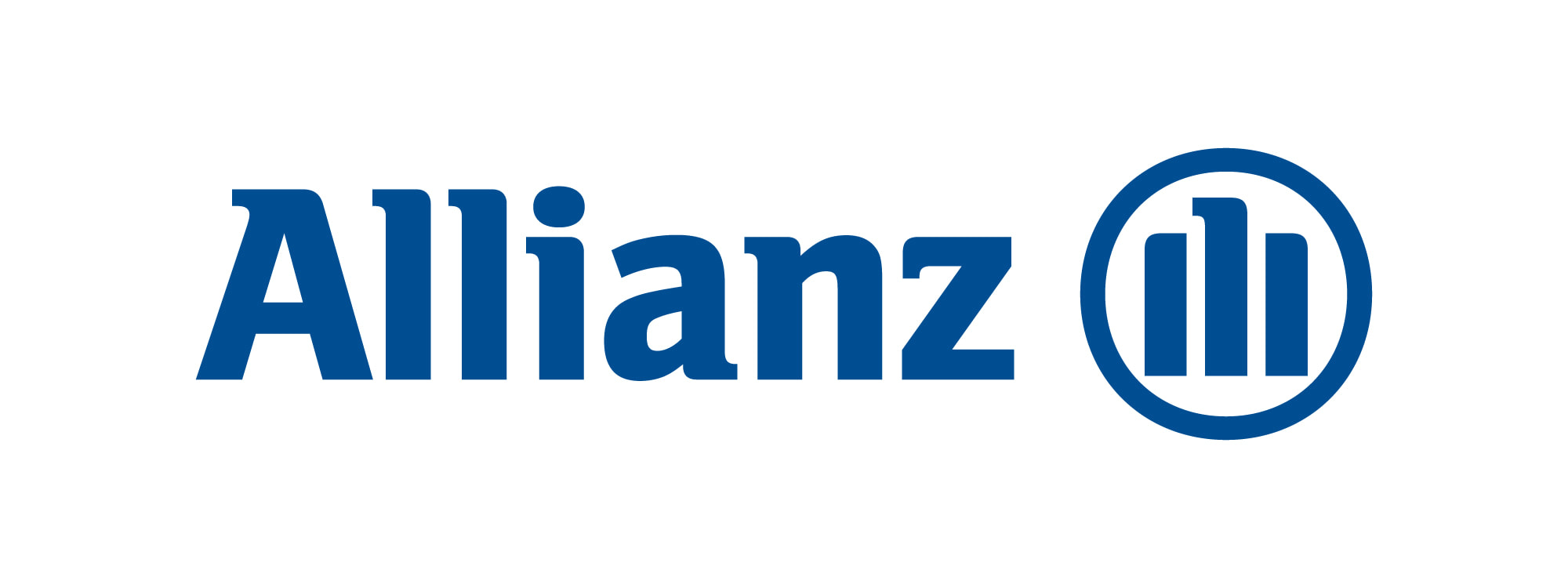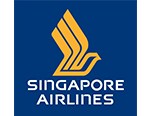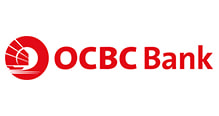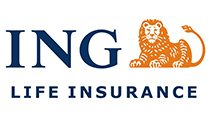|
If you have lived with bad decision making all your life and would like a turnaround to create better outcomes, your fastest route to success is to learn Neuro Linguistic Programming (NLP) techniques.
The crux is to figure out the root cause. Is your decision making hurried and coming from impatience? Or does it stem from internal conflict where many parts within you want different things? Types of Decision Making 1. Impatience A person who makes decisions impatiently, has some level of urgency in them. This is learnt behaviour.
2. Internal Conflict A person who suffers this has many parts that pull them in different directions. Created from stressful situations where the person unconsciously needs different parts to look after various aspects of their life.
These are some examples of how high performance in organisations is unleashed. When parts are integrated for instance, the employee begins to feel whole again. They have focus to move in one direction that brings them results. Typically because NLP processes create impactful accelerated results, they require only a few sessions and the person is able to self-manage beyond that. This is how NLP works with the unconscious mind to help people stop making bad decisions. The unique part about working through NLP processes, is that once the old pattern is interrupted, it can’t work again. When I was younger my mother always called me an impulsive buyer. I would see a dress and buy it hastily without looking at dresses in other shops. Today I know it was my intuition that drove me. I was a very defined personality from young hence I knew what I wanted very quickly. And my decisions were good. I was happy with the result. This is how employees in companies produce high performance. Can you imagine the time and money saved if you were a good decision-maker?
0 Comments
Influential people achieve outcomes more easily than others. One aspect of their success is the language they weave deliberately through the minds of their audience.
It is an easy-to-learn part of Neuro Linguistic Programming (NLP) and you will be surprised to know that our daily language comprises many influential language patterns that breed success when used in a specific way. The Source of Influential Language Patterns Our choice of words have a far greater impact on outcomes than we realise. Co-founders of NLP, Dr. Richard Bandler and Dr. John Grinder, modelled Dr. Milton Erickson, one of the world’s greatest hypnotherapists of the 20th century. Bandler and Grinder observed that Milton had great success with his clients in his coaching practice, when he used specific language patterns with them. This style of language allowed listeners’ unconscious minds to access their deep, inner resources. When language used during therapy is purposely vague, the listener created his or her own interpretation and meaning. The Benefits of Knowing Language Patterns Knowing these patterns enables you to become more effective at putting ideas across and changing people’s minds, in a way that respects their values. A parent having difficulty influencing a child to sleep would use a double-bind pattern where the child is given two choices you might want to go to bed at 7 or 8. Either way they will go to bed. Leaders on the other hand use language patterns that are highly ambiguous for example, we will all enjoy the transformation that is ahead of us. Leaving a message ambiguous gives the listener an opportunity to derive their own meanings. This builds rapport with an audience, as everyone is entitled to their own interpretation of how they will enjoy the transformation. This is inclusive rather than exclusive language. Knowing these language patterns and using them to our advantage in daily life is mesmerising. Results spike from heightened motivation and deeper rapport. It is indeed the difference that makes the difference! Learning to use language patterns intentionally is about influencing others and communicating effectively, to open up choices and possibilities. It’s about achieving mutual outcomes for all parties involved. Imagine how easily you could influence others if you knew exactly how to use appropriate language patterns? And how liberating it would be to understand your experience better by becoming more alert to your senses? I am sure you see it by now. There is wide scope to benefit from using NLP techniques. The benefits of using Neuro Linguistic Programming (NLP) techniques are far reaching, bearing in mind there are more than a hundred processes that cater to a wide range of issues.
In this post, I’d like to touch on how we are continuously changing maps in our minds unknowingly that impact our performance. Imagine if you were to know the maps that you had in your memory and how to use them deliberately for better results. Wouldn’t that be awesome? Another tool under your belt! What Are Maps? If you follow the sequence of points here you will stand a better chance of understanding how we create maps:
One of the main benefits in understanding our maps is that we become more aware of our senses. Changing Maps Having now become aware of how you store your experience via the senses, the next step is to decide what you would like to change. A simple example - let’s say you don’t like vegetables and you know they are good for you. Changing the way you have stored vegetables could be a simple process of replacing a black & white picture to colour. If this is one of your drivers for change, it will instantly make vegetables appealing. Imagine if you could expand your boundaries to give vegetables another chance. Wouldn’t this be great for your health? Or extend it beyond to changing maps about specific types of work you loathe but have to do? Wouldn’t this augur well for your results at work? This is how high performers are created! There is wide scope to benefit from using NLP techniques. We have only highlighted one of the fastest, most effective techniques in the field. Try it out to experience the amazing outcomes you can enjoy too. Today’s generations are experiencing higher levels of stress than ever seen before. Precipitated by information on the internet, Wars and a Pandemic, it has forced unprecedented changes in the way we think and work.
Add to that the stresses of a daily corporate job and family committments. It goes without saying that employees need to be equipped with specific tools to cope with these pressures. When understood, stress has an upside. It has the ability to motivate us to act, for example, in a fight or flight situation. Do I stay and push back on my boss or do I walk away? Having Neuro-linguistic Programming (NLP) tools will help you identify the root cause of this stress and how to use it positively as a marker that something is amiss. For instance, an incidence of physical symptoms like headaches, fatigue and insomnia are warning signs that deeper health issues are on the horizon. Start by using NLP tools to reduce stress with these three simple yet effective techniques. Reframing Changing the way you view stress is important. If seen as an indicator then it becomes useful. This is known as reframing in NLP. Learn to take a step back and examine the real cause;
By doing this, your heightened awareness will give you a more calibrated response to the situation, contrary to a blind reaction which is most often seen. Anchoring The primary function of our unconscious mind is to keep us safe. Many negative associations are created at a young age. For example, linking a person, object or situation to pain, triggers stress. A parent you didn’t get along with or the thought of school which you never did well at. These are often transposed to work. Learning how to break this link to pain is the first step that leads to a tremendous reduction in stress. It isn’t automatic anymore. In fact again, it is calibrated. An NLP technique called anchoring would form links of satisfaction, joy or gratitude to different aspects of work. Beliefs Most people are driven by beliefs that they are unaware of. Beliefs that again, are formed when young. Negative beliefs that limit a person’s capabilities and cause stress could sound like this:
You may be labouring with such beliefs that hamper your performance and affect your well being. It isn’t enough to reflect on beliefs you hold about your job. Learning how to delete unhelpful beliefs to install positive, effective ones instead is another technique that employees need to learn to reduce stress. Doing so is making a choice of never having to struggle against limiting beliefs, ever again. In conclusion, stress is impossible to eliminate altogether. We need good stress in our lives to keep us on our toes. Equipping yourself with a useful mindset to deal with stress is a more empowering way and one that would keep you in good health too. You do not need to have a special gift or talent to learn NLP tools. It is a learned skill just like many other work skills already in your toolbox. With all hands on deck an organisation could within six to eighteen months quite easily set up an agile workforce. Easy is not a word that comes up for most, I know but from an expertise point of view which is where I am sitting, this is what I do for organisations.
Extremely important is the decision that this Program supersedes all other initiatives which have to recede into the background, at least for the first six months. As people down the line, in a top-down approach begin to receive tools that make them effective, success becomes a drug. We are bound to find employees in the mix who resist change and don’t want a part of it. Well, I have found that most often, it is because they fear being given advice. In my experience, the most resistant people turnaround as NLP tools share structure and context not content. Application of tools learnt are contextualised by employees who work in the department. Rich discussions ensue and the NLP Master Trainer becomes but a mere facilitator. The objective to leave coaches behind as the workforce gains success momentum is achieved within a mere few months. This is how coaching infrastructures are established at each level of the organisation. As the hierarchy gathers strength in speaking a common language, employees begin to take things less personally, applying the same tool for resolving conflict as the one needed to write a conducive client proposal. Unless experienced, this is way beyond a decision maker’s imagination. It is too good to be true. In reality, it happens often to those who see through NLP-linked resources whether it be the tools or highly-resourceful trainer. Give it a go if you have not experienced this. Pick up a book, do some research or speak to us to understand the depth and breadth of what is possible. The infinite possibilities are worth aspiring towards. It takes a different mind to walk a different direction to the masses. All through my career in corporate, not once was I shown the way to change patterns of behaviour. The standard way was to receive feedback ceremoniously or otherwise and make it happen.
I saw and experienced myself, leaders who were controlling rather than trusting. At the time, I merely avoided them or worked within boundaries I was given. When I left corporate after 18 years to become an entrepreneur, my fascination with understanding human behaviour was at its peak. Was it a calling? A path I was meant to walk? My fate? Regardless, I took steps to upskill myself and today 21 years later, I speak from experience. Having worked with all types of clients who wanted behaviour changes, I have a system that produces high performers. Our ways of being have been installed from the past. Growing up in a controlling family would only give rise to a child who operates from control. Clearing negative patterns of behaviour like these give rise to individuals feeling free to then create their future. Anger and fear are stimulants to the adrenal system. Eradicating these allows the individual to release the “battery bunny” inside them to a level of normal energy. Sadness and guilt on the other hand suppress the adrenals hence energy levels are low and do ascend once these are removed. While most people feel these interventions need to be long, this is merely a myth. Clearing a negative emotion from the past timeline can take as much as four sessions. Imagine if a whole workforce could release their past negativity, belief systems included? Propensity for the organisation’s performance to spike would be tremendous. Isn’t that something that all organisations seek? If I were senior leadership, this is what I would spend my budget on. The clients who have done so and continue to do are reaping the benefits. As a Neuro-linguistic Programming Master Trainer who has been unleashing the leader in many of my clients, I have to say it’s easy to get in touch with this part of yourself.
The mind that drives self-leadership requires firstly, an understanding of your identity; who you are. The intimate settings that make up how you store information daily, preferences in communication and most importantly, your decisions and responses. This is the mind you need to know! In his landmark book Emotional Intelligence, Daniel Goleman detailed many aspects of the emotional self. Does it mean we have to get “emotional” to release negative emotions within us? NO! It means getting in touch with your emotions. As you feel, you go deeper into knowing where that feeling is stored in your body. This knowing is of great advantage, for your body will signal back when it needs to;
Imagine if you were so minutely aware of little nuances and feelings in your body? This is the fundamental building block of tapping into intuition and the very basis of self-leadership. The leader who “knows” when making a decision that it is a right one because it resonates, is one who is connected to his/her emotional self. At school we learnt academics to a large extent – theory that emanated from logic and reasoning. Data-driven styles that encouraged us to be in our head rather than our body. This has disconnected human beings and the very reason so many suffer mental health issues. As an ex-banker and corporate lady who worked in a myriad of fields including consulting, I reinvented myself to learn about the superior mind that most people are unaware of. Process-driven with easy access via the five senses, today I “know” this turns people around from negative to positive and creates passion in those wanting more. This is how self-leadership begins. I now have the tools to accelerate people to their deepest, unconscious self that connects the mind and body. I met Thomas Leonard, referred to as the grandfather of coaching a year before he died. A blessing to the world and the most profound man I had ever met. I was on my journey to becoming a coach then.
Fast forward 20 years and here I am certifying people to be coaches, powerful beyond recognition, to help others heal at the deepest levels. How does one flip so fast from corporate lady to a behaviour change coach? There is only one answer – by working via the unconscious mind through the 5 senses. Easy enough to do as we all make pictures, sounds and feelings. This may sound simplistic and it is but there is a system to it. Underpinned by more than 100 processes that clear out cobwebs from the past and reinstall positives that create better outcomes. To be a powerful coach, one must first work through these processes for your outcomes. Feeling the buzz of success and seeing the leap to high performance, that is true testimony that NLP processes work. That is the signal that you are ready to coach others, be it on a personal level or in application to the workplace. How is it results are achieved fast? Weeding out content of an experience, NLP coaches work with the context, process and structure only. Hence the myth that you have to share your personal stories is gobbledegook! As soon as the problem statement is diagnosed, NLP coaches set on their way to take clients through a myriad of processes. One after another for an hour or so. Clients report this wonderful experience is like taking your brain to the gym. Magical results ensue as momentum re-aligns the internal self. More clients want a piece of it and the rest is history. What are the traits that coaches need? Fundamentally, intuition to know where the problem is for this fast tracks the coaching session for the client. Less talk more process-driven change and that to me is how corporates need to build their infrastructure of coaches. Eliminate the need for managers as team members gather self-change tools. Re-defining culture of the organisation with a workforce that is open to change, resilient and equipped with tools to conquer the landscape ahead. Isn’t that the vision that every organisation aspires to? This is indeed available at your doorstep. It is a mere decision away….. |
SYLVIA FERNANDES
Sylvia is a qualified Neuro Linguistic Programming (NLP) Master Trainer. She started her business in Sydney and is now based in Singapore. Archives
December 2024
Categories |
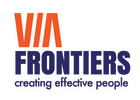

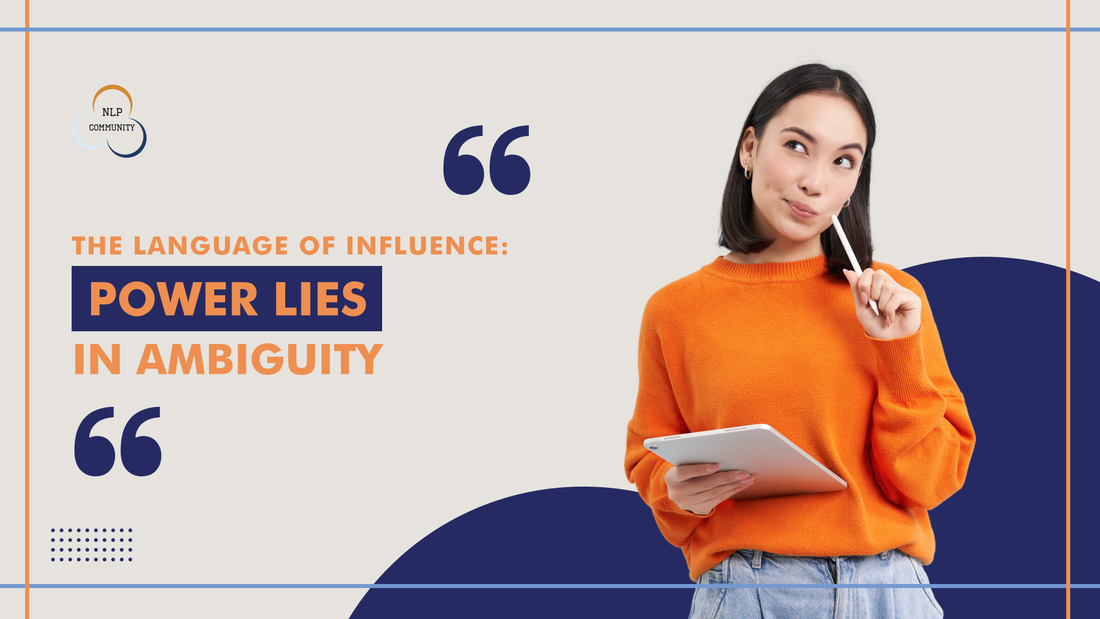

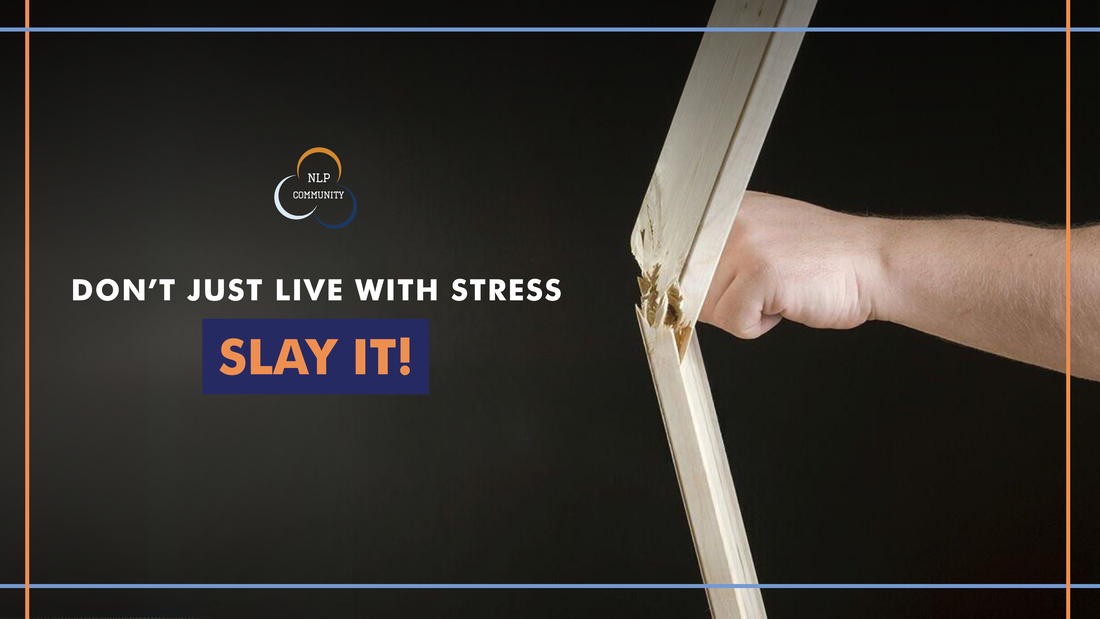



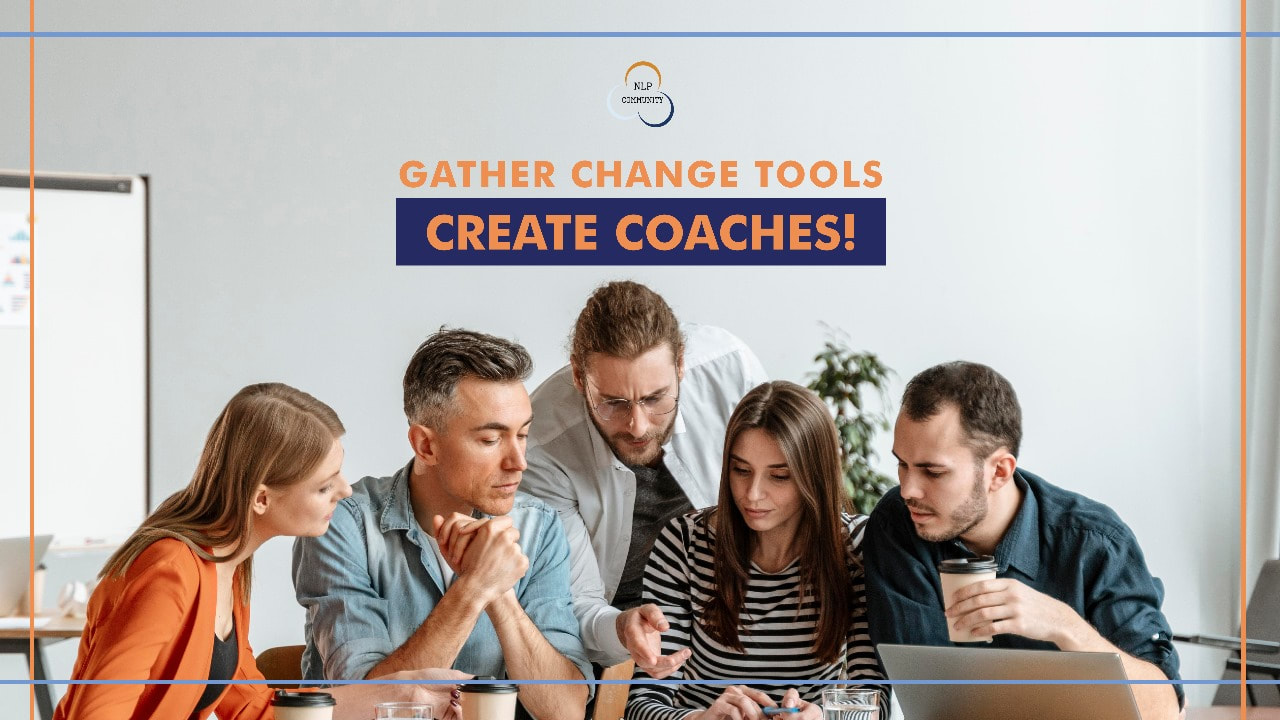
 RSS Feed
RSS Feed
